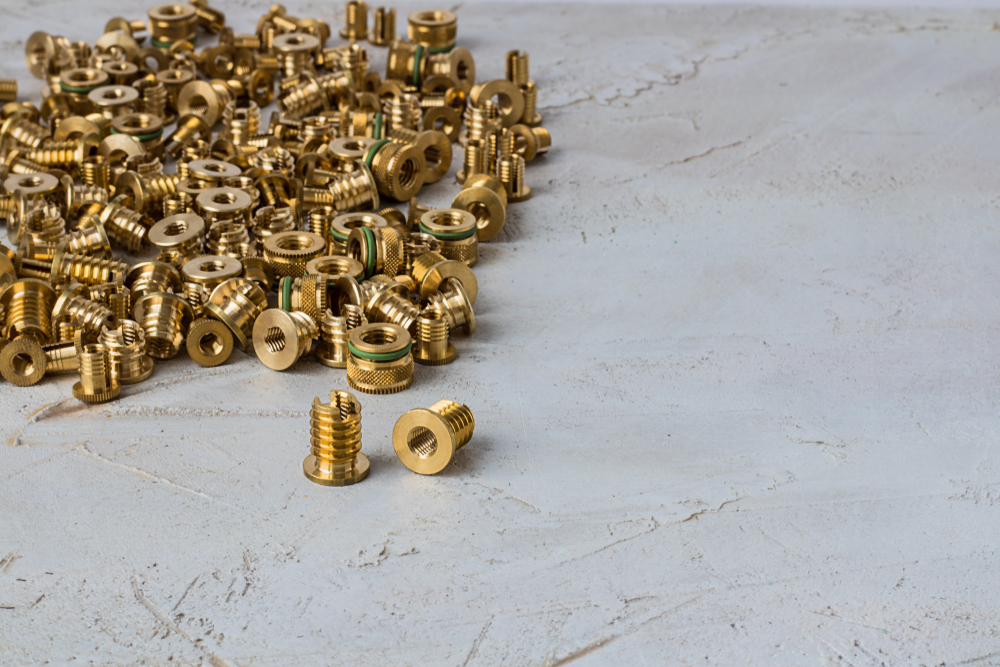How Additive Manufacturing Transforms the Sporting Goods Industry
Published on October 27, 2021

Originally published on fastradius.com on October 27, 2021
While participation in team sports decreased in 2020, many people began participating in individual forms of exercise to stay active. Bicycle makers and sportswear companies that catered to individual sports like running, biking, and yoga did particularly well. In fact, the sporting goods industry market share grew to $52.1 billion in 2021.
To appeal to the customer running around the block as well as the one running on the Olympic track, today’s manufacturers must produce lightweight, well-fitting, and high-performance athletic equipment. Find out why additive manufacturing can help manufacturers in the sporting goods industry check all three of these boxes.
Additive manufacturing in the sporting goods industry
3D printing opens up many new opportunities for sporting goods manufacturers, primarily because manufacturers no longer need to choose between having strong or lightweight final products. 3D printing allows manufacturers to produce lighter parts without sacrificing strength, thanks to additive manufacturing’s ability to create complex geometries like lattice structures. These geometries make it possible to increase strength without adding unnecessary bulk, just like the inserts we manufacture for Rawlings’ REV1X gloves using the Carbon Digital Light Synthesis™ (DLS) process.
Plus, manufacturers can create customized gear that’s more comfortable for athletes to wear, improving their performance on the field and the protective equipment’s function.
Additive manufacturing applications in the sporting goods industry
Many sporting goods manufacturers are already using additive manufacturing, and 3D printing in the sports industry is likely to grow as companies discover more about the customization and optimization opportunities that additive manufacturing offers. Here are a few of the most popular additive applications in sports:
Helmets
To effectively protect athletes’ heads by absorbing impact, helmets must have a strong structural design and a proper fit. Ill-fitting helmets may not sufficiently protect an athlete and an improper fit can distract athletes during play, both of which can cause injury.
3D manufacturing is a great choice for creating custom-fit helmets. After taking measurements of athletes’ heads, manufacturers can 3D print lattice structures that will help the helmet contour to the wearer’s head. Using lattice structures also produces lighter, well-ventilated helmets that can safely distribute or absorb impact.
Mouthguards
Athletes wear mouthguards to reduce their risk of concussion and protect their jaws, teeth, and faces. However, off-the-shelf mouthguards often don’t deliver the best protective performance. Instead of using molds and casts, manufacturers can use a 3D scan of an athlete’s mouth to 3D print custom-fitted mouthguards that stay in place and are more effective.
Footwear
3D printing can be used to create insoles that uniquely fit the shape of the wearer’s feet. Also, manufacturers can use additive manufacturing to place flexible geometric shapes inside the shoe along with the insoles to offer the wearer additional support where they need it the most. These custom products will be more supportive and comfortable to wear, improving an athlete’s control and performance.

Shoes incorporating 3D-printed lattice structures are increasingly popular among athletes, like the Adidas Futurecraft 4D shoe that features a midsole printed with The Carbon DLS™ Process. The unique capabilities of 3D printing allowed Carbon and Adidas to design a midsole that addressed precise movement, cushioning, stability, and comfort needs and provide a better experience for athletes.
Equipment for paralympic athletes
3D manufacturing is also ideal for creating equipment and prostheses for paralympic athletes. Using additive processes to manufacture prostheses, wheelchairs, or specialized equipment will provide athletes with light, strong, well-fitting gear that meets their exact needs.
Getting started with additive manufacturing
3D manufacturing is positioned to grow within the sporting goods industry as more companies discover its benefits. 3D-printed sporting goods fit athletes and their needs perfectly to improve performance and give athletes a competitive edge. Plus, it enables manufacturers to produce lighter equipment without sacrificing strength.
To start using additive manufacturing to create high-quality sporting goods, reach out to an expert consumer goods manufacturer like SyBridge Technologies. Our Cloud Manufacturing Platform™ is robust, reliable, and simplifies the manufacturing process. Plus, our team of expert designers, engineers, and advisors is there to help you every step of the way. Contact us today.



